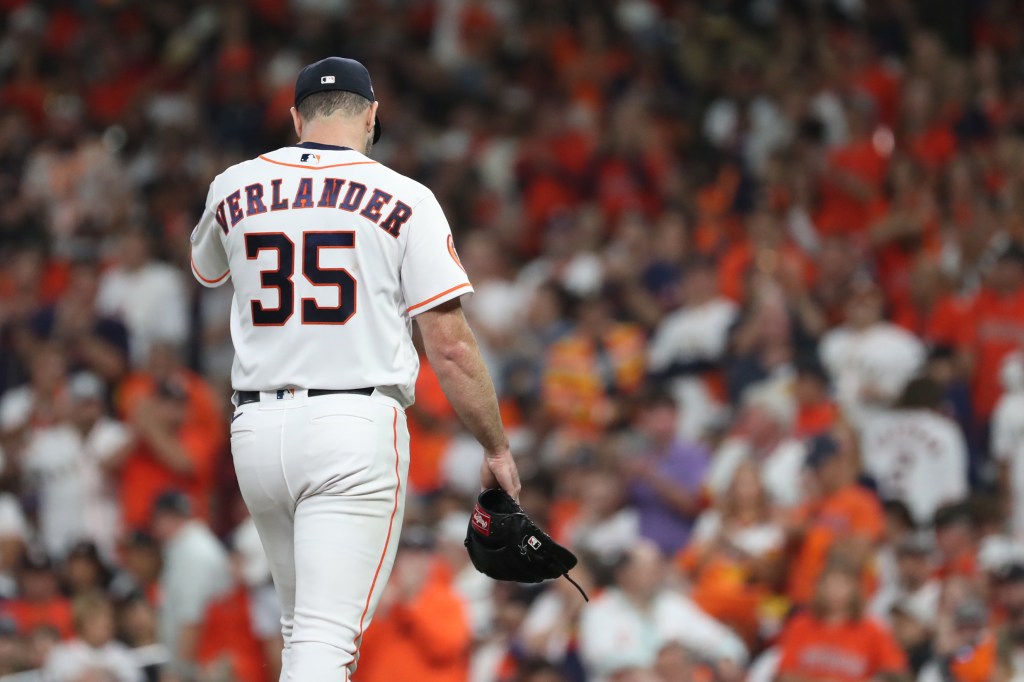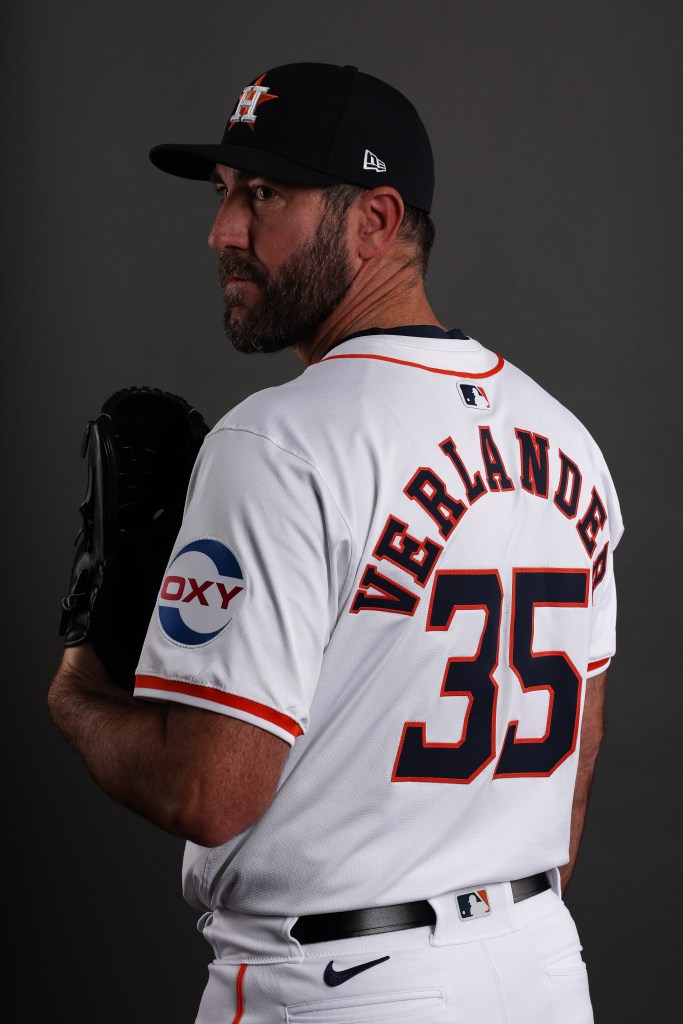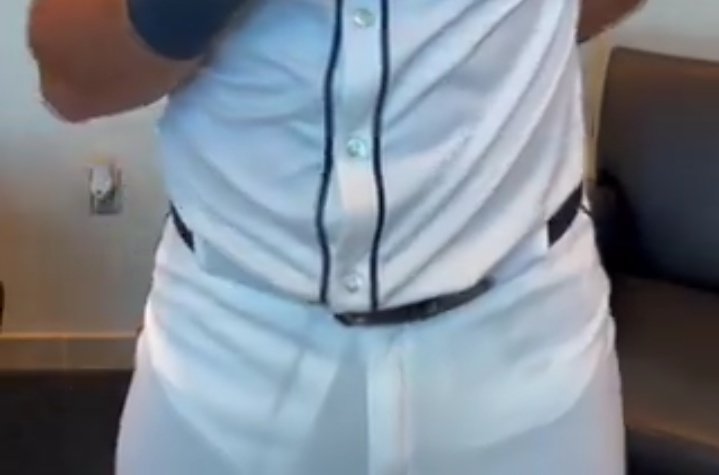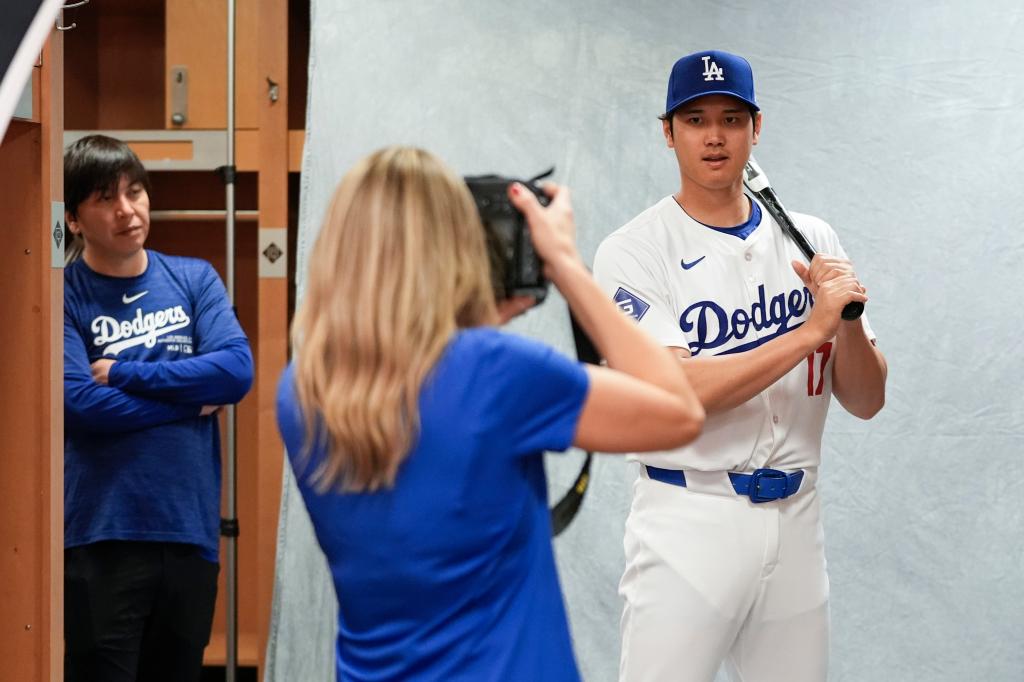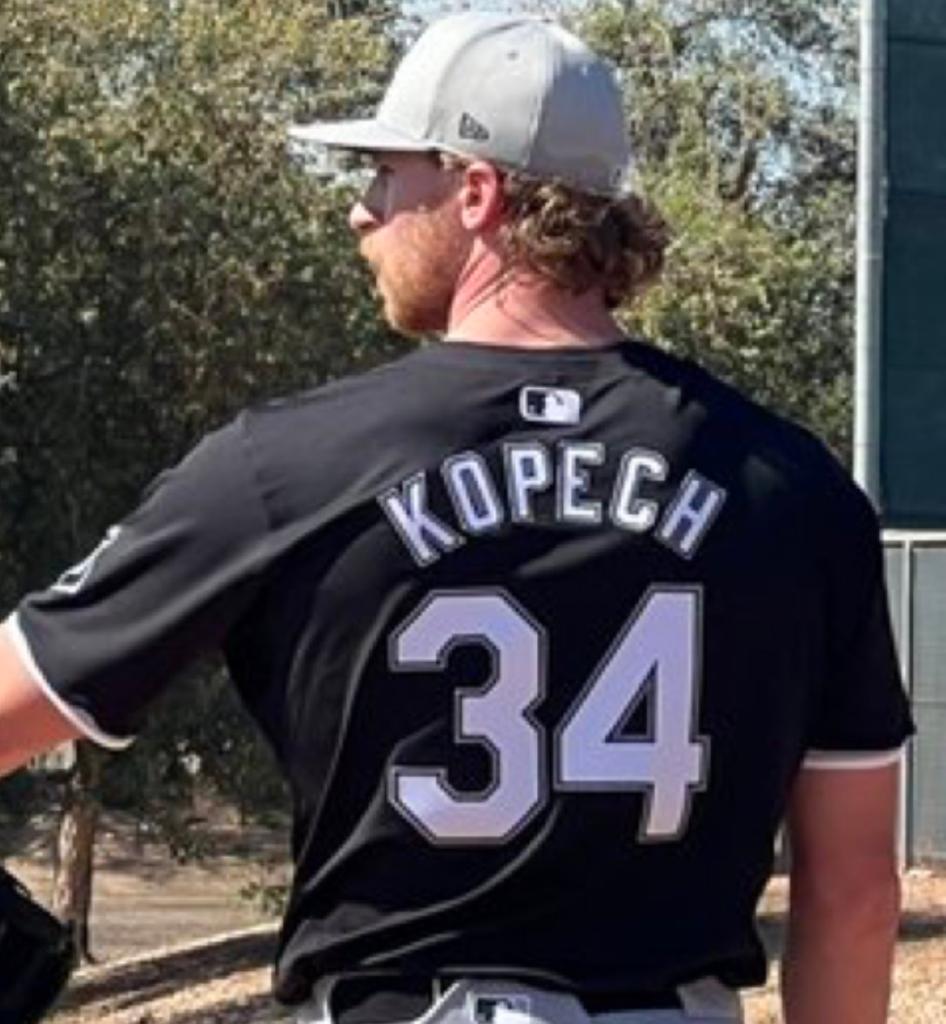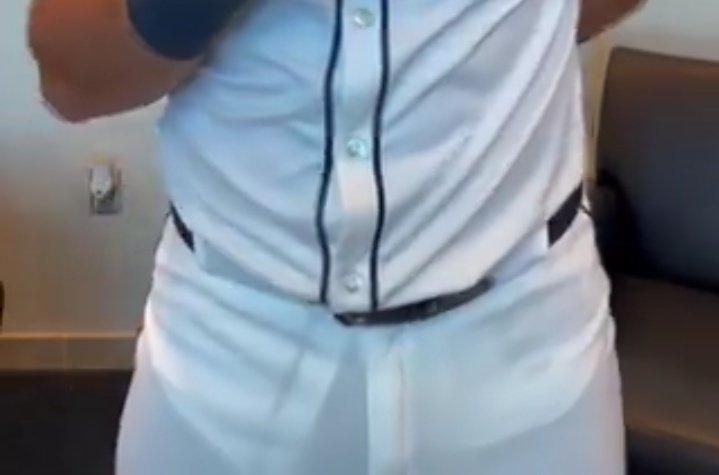Players and fans are furious with Major League Baseball’s new jerseys, but the executives who run the league are telling the baseball world this is a non-issue.
In fact, they want the players and fans to know these new jerseys are actually better than ever, despite what some players have called a “cheap” appearance with comfort questions.
Fanatics took over manufacturing for Nike in 2020 and signed a 10-year partnership running through 2029.
MLB senior vice president of global consumer products Denis Nolan told MLB.com that Fanatics’ manufacturing is still producing world-class uniforms.
“In acquiring Majestic and its MLB uniform manufacturing facilities in Easton, PA — which have been making player uniforms for nearly two decades — Fanatics has consistently produced world-class uniforms, including every Nike-branded MLB on-field jersey and all City Connect gear since 2020,” Nolan said.
Meanwhile, another MLB executive, Stephen Roche, is pushing the narrative that these jerseys are better than what had previously existed in baseball.
“For the first time, we had a uniform where all the colors matched exactly with the hats and the on-field colors,” Roche said. “They had always been close, but they weren’t exact. Now they are.”
While the colors may match better, it is unlikely that the players are pulling their dissatisfaction from thin air, especially given the optics of see-through pants that make it seem like players are wearing diapers.
Roche also mentioned that the new jerseys were made with “a very technological approach to outfitting players” and that “everything was performance-driven.”
The technological approach that Roche is referring to is how 300 players were measured last year by Fanatics and Nike with a body scan to get an ideal fit.
Braves outfielder Ronald Acuna Jr. said the jerseys “fit better and feel lighter.”
However, his other Braves teammates are complaining about the small details of the redesigned jersey; notably, the sleeve piping was moved to a cuff, which they are saying looks and feels awkward.
One X account @FanaticsSucks – which Fanatics CEO Michael Rubin follows – is solely dedicated to showing the flaws in Fanatics’ designs and the quality of their products.
However, while Fanatics has been the company taking the brunt of the public relations hit, it seems like Nike is just as culpable as anyone for this debacle.
Fanatics was not involved in the design of the uniforms, nor did they take part in the development of the materials used in them; that burden falls on their partner, Nike.
Players have largely complained about the lack of customization options in the fit of the pants for these elite competitors.
The Cincinnati Enquirer reported that Nike sent at least one tailor to the Reds in an attempt to address the issue.
So, while Major League executives push for players and fans to clam up about the frustrating look and feel of the jerseys, Nike has at least heard some of the complaints coming its way.
The Atlantic reported that the decision to reduce the customization options in the pants was mostly about the ease and cost of manufacturing the athlete’s uniforms.
Players’ names on the backs of their jerseys were shrunken down as well, which is unlikely to affect the comfort of the athlete wearing them but surely makes the jersey look like a poorly developed knockoff.
As always, the answers for why can be found on the bottom line at the bank.


